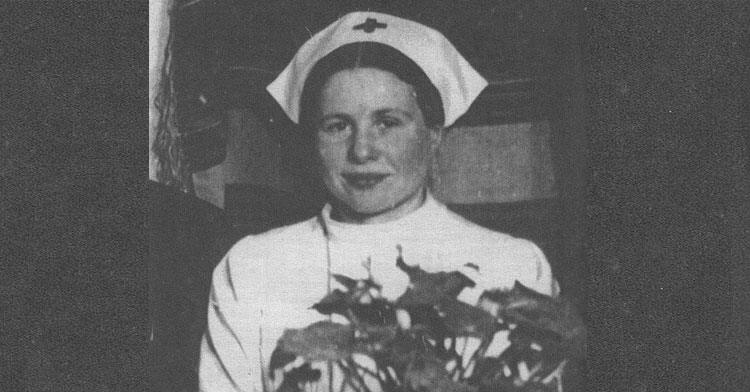
Never underestimate the power of a good person, even in the face of unspeakable evil.
Thanks to the book and film “Schindler’s List” a lot of people know the story of how German industrialist Oskar Schindler saved more than 1,000 Jewish people from certain death during World War II. Poland had its own hero, though, who, like Schindler, risked her own life to help Jews escape from the Nazi’s clutches. Her name was Irena Sendler.
Irena was only 29 when war broke out in Europe. The young nurse was employed by the Welfare Department of the Warsaw municipality in Poland, which put her in the perfect position to secretly help the targeted Jewish population in the country.
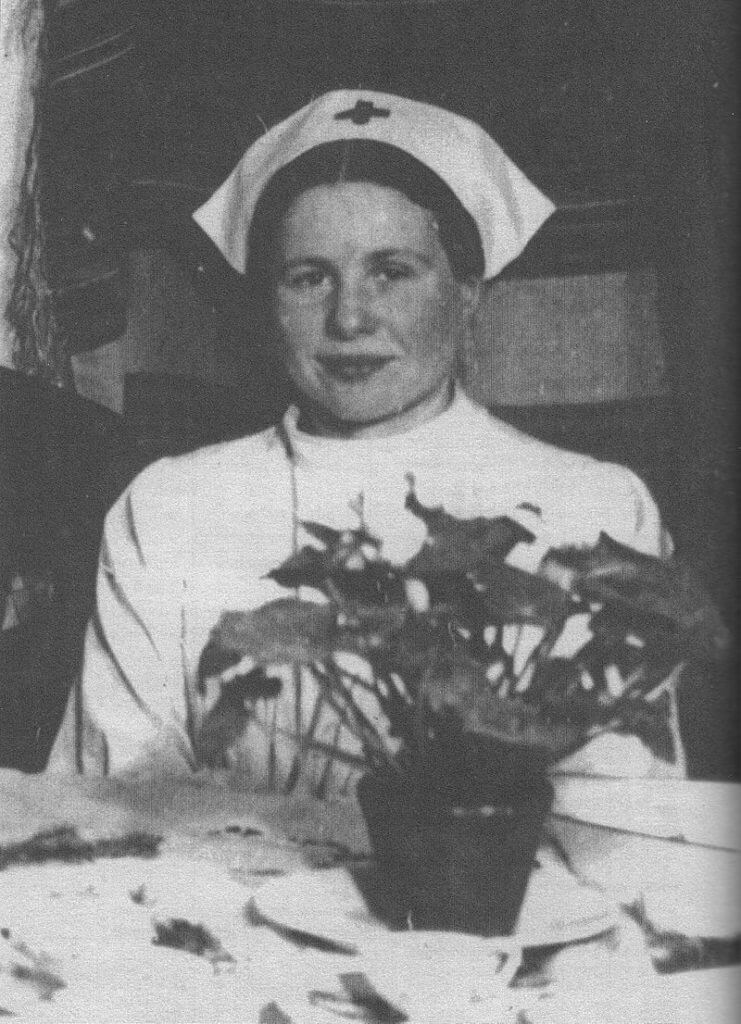
In 1940, the Nazis corralled its Jewish population into the Warsaw Ghetto, an area which equaled less than an acre and a half yet housed more than 400,000 Jews. That ghetto was designed to segregate Jews from the general population. Inside the walls they were subjected to squalid, crowded conditions and limited rations. By 1942, almost all of the people trapped within the ghetto had been deported to concentration camps to be murdered.
When word got out around Warsaw that Jews were being imprisoned and killed in the ghetto, the woman knew that she had to do something to help. According to Inspire More, Irena used her credentials as a social worker to get a special permit allowing her access to the ghetto. She then worked secretly to smuggle kids out of the ghetto. Between the years 1935 and October 1943 she helped over 2,500 Jewish kids escape from the Warsaw Ghetto to avoid being sent to Nazi concentration camps.
She and her team got the terrified children out of the ghetto by hiding them in ambulances, leading them through underground sewer networks and passageways, or wheeling them out in suitcases or boxes. Once the kids were out of the ghetto Irena hid them with Polish sympathizers. She soon became one of the leading activists behind Zegota, a secret organization that called itself the Council for Aid to Jews.
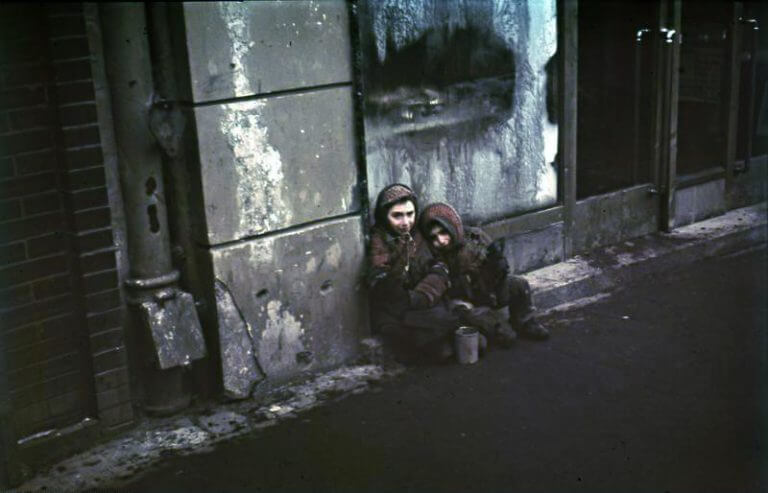
In October 1943 the Gestapo caught wind of what Irena was up to. When she heard that they were coming for her she wrote down the names of the rescued kids on cigarette papers, twice, sealed them into two separate glass bottles and buried them in a friend’s garden. Later these bottles would be dug up to help kids reunite with their families. Unfortunately many of the families had perished in the camps before those reunions could ever take place.
After the Gestapo arrested her, Irena was subjected to unspeakable torture, including having both legs and feet broken. However, she never confessed to her perceived crimes and she never gave up the names of the children she’d saved. She was scheduled to be executed, yet on the day she was meant to be killed the Zegota bribed German officials with a rucksack full of cash. They knocked her unconscious and left her on the side of the roadside.
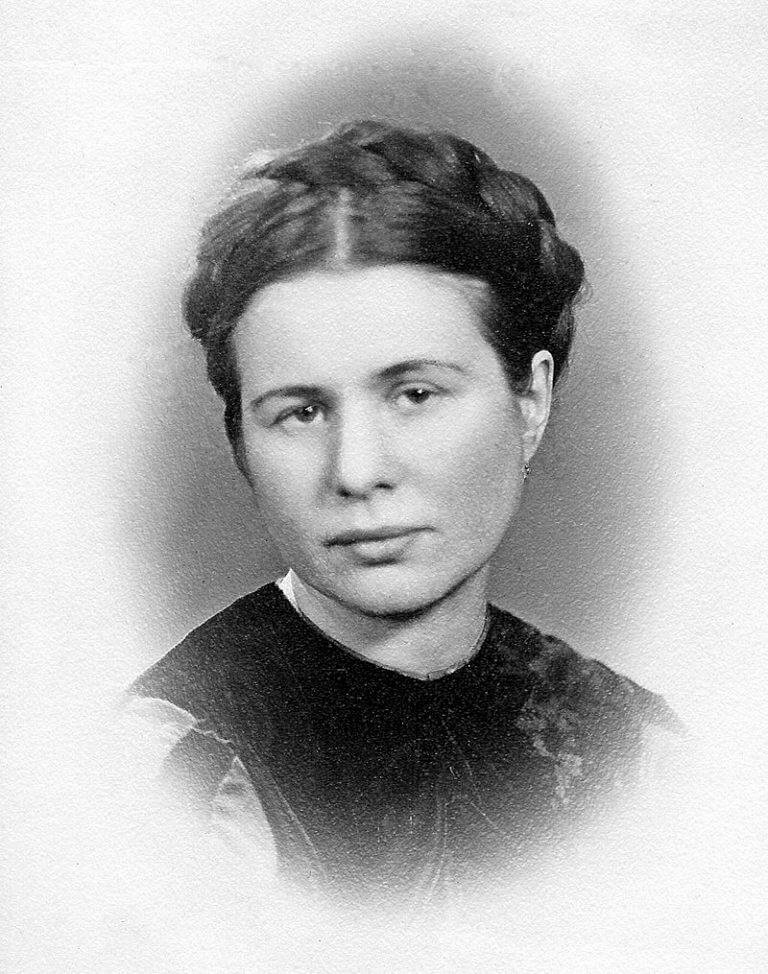
Irena was recognized as a hero after the war. She lived to be 98, and all the while she never thought of herself as being a hero.
However, for Michal Glowinski, professor of literature, one of the kids who Irena saved and whose name was once inside one of the glass jars, she's undoubtedly a hero.
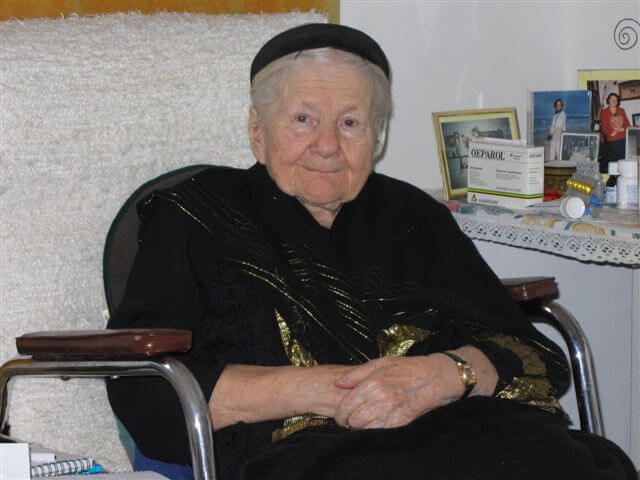
Thanks to her notable humanitarian efforts during the war, Irena has received many significant honors, such as the Order of the White Eagle and the Gold Cross of Merit, the country's highest honor. Let’s all take a moment to remember heroes like Irena.
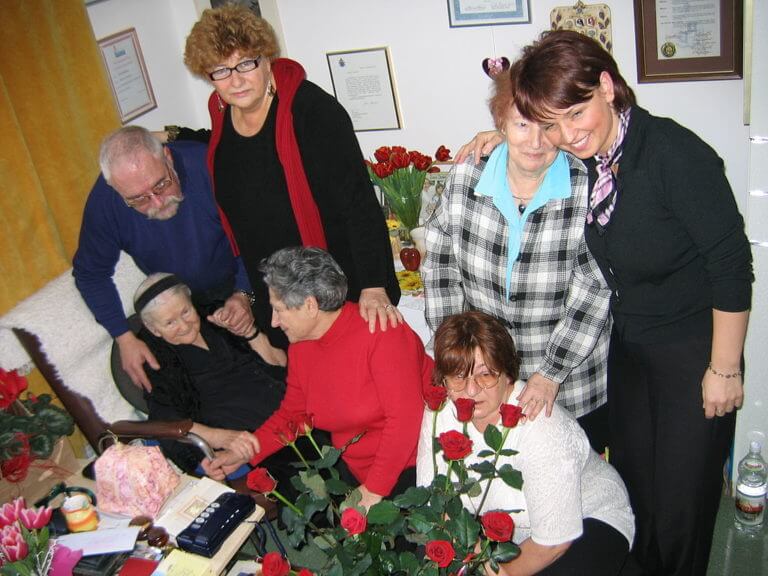
Image credits: Wikimedia Commons













COMMENTS